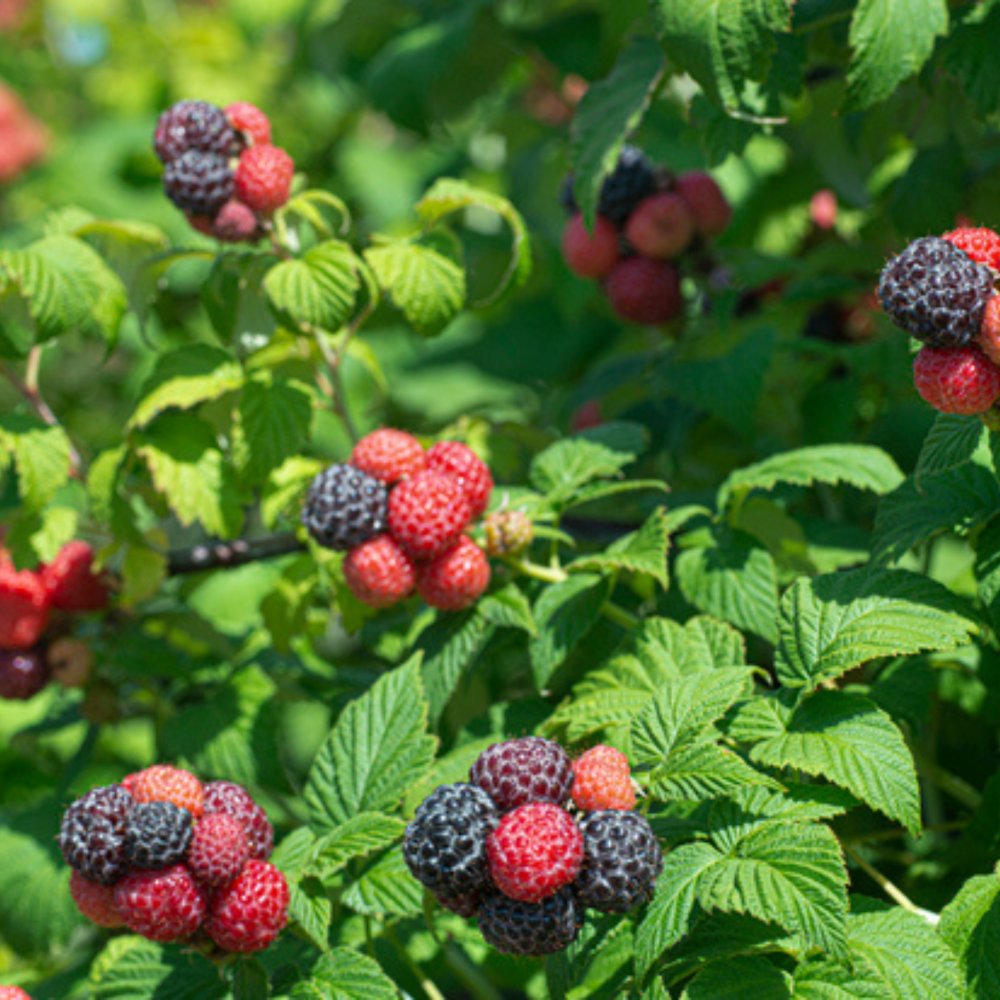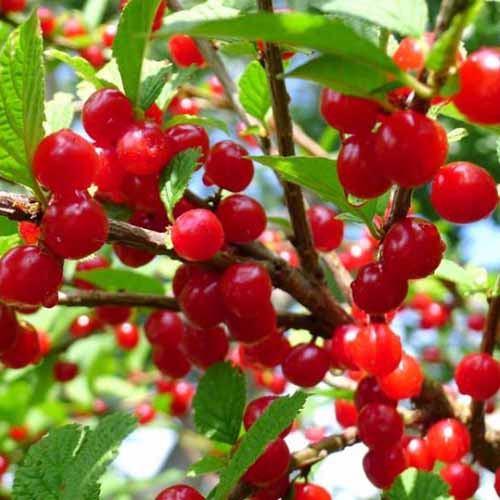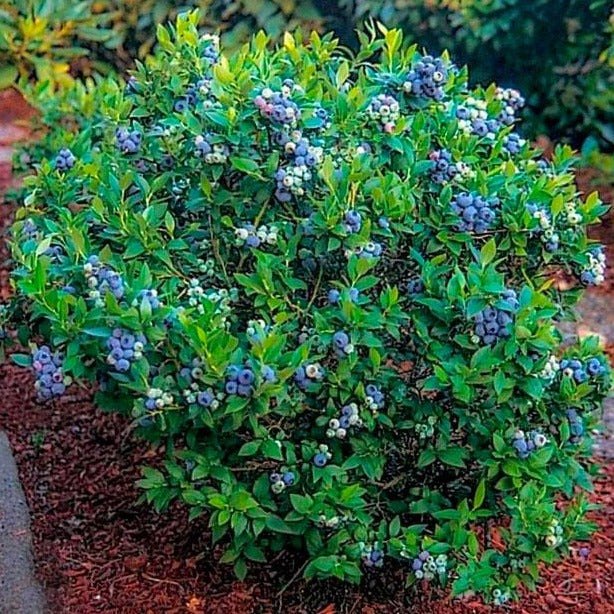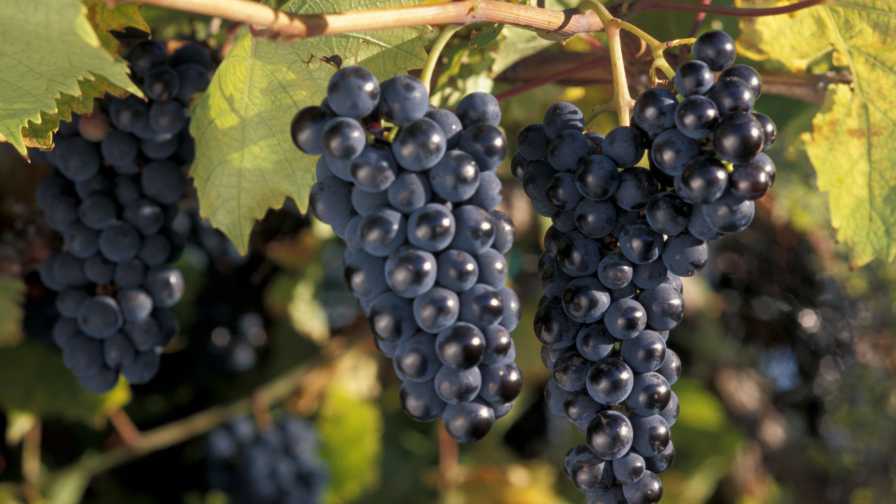Gardening in Zone 4 presents unique challenges, with cold temperatures and a relatively short growing season. However, this climate also offers a diverse array of edible plants that can thrive in these conditions. Crafting an edible landscape in Zone 4 involves selecting hardy, resilient plants that not only withstand the cold but also contribute to a bountiful and sustainable garden. From fruit-bearing trees to cold-tolerant vegetables, here are some of the plants that can turn your Zone 4 landscape into a flourishing edible haven.
-
Apple Trees (Malus domestica):
-
Apples are a classic choice for Zone 4 landscapes, with many varieties well-suited for cold climates.
-
Consider cultivars like Haralson, Honeycrisp, or Wealthy for their hardiness and delicious fruit.
-
-
Currant Bushes (Ribes spp.):
-
Currants are hardy, deciduous shrubs that can withstand chilly temperatures.
-
Red, black, and white currant varieties thrive in Zone 4, providing a versatile addition to your edible landscape.

-
-
Raspberry and Blackberry Bushes (Rubus spp.):
-
Cold-hardy raspberry and blackberry bushes can produce abundant berries in Zone 4.
-
Varieties like Boyne and Nova are known for their resilience and sweet, juicy fruits.
-
-
Strawberries (Fragaria x ananassa):
-
Strawberries are a versatile ground cover that can tolerate colder climates.
-
Consider everbearing varieties like Fort Laramie or Ogallala for continuous harvest throughout the growing season.

-
-
Hardy Kiwi (Actinidia arguta):
-
Unlike the traditional kiwi, hardy kiwi is well-adapted to cold climates.
-
Arctic Beauty and Ananasnaya are examples of cold-tolerant kiwi varieties that can be trained on trellises.
-
-
Cold-Tolerant Vegetables:
-
Embrace the short growing season with vegetables that thrive in cooler temperatures.
-
Cold-hardy options include kale, spinach, lettuce, carrots, beets, and radishes, which can be grown in spring and fall.
-

-
-
Cherry Trees (Prunus avium and Prunus cerasus):
-
Select cherry tree varieties that are cold-resistant, such as the Montmorency or North Star.
-
Cherries add a delightful burst of flavor to your Zone 4 landscape.
-
-
Herbs:
-
Many herbs can withstand Zone 4 conditions and are excellent additions to an edible landscape.
-
Rosemary, thyme, sage, and chives are hardy herbs that can be grown in pots or directly in the ground.
-
-
Cold-Climate Grapes (Vitis vinifera):
-
While traditional wine grapes may struggle in Zone 4, cold-hardy grape varieties like Marquette and Frontenac thrive.
-
Grapes can be trained on trellises or arbors to add vertical interest to your landscape.
-



